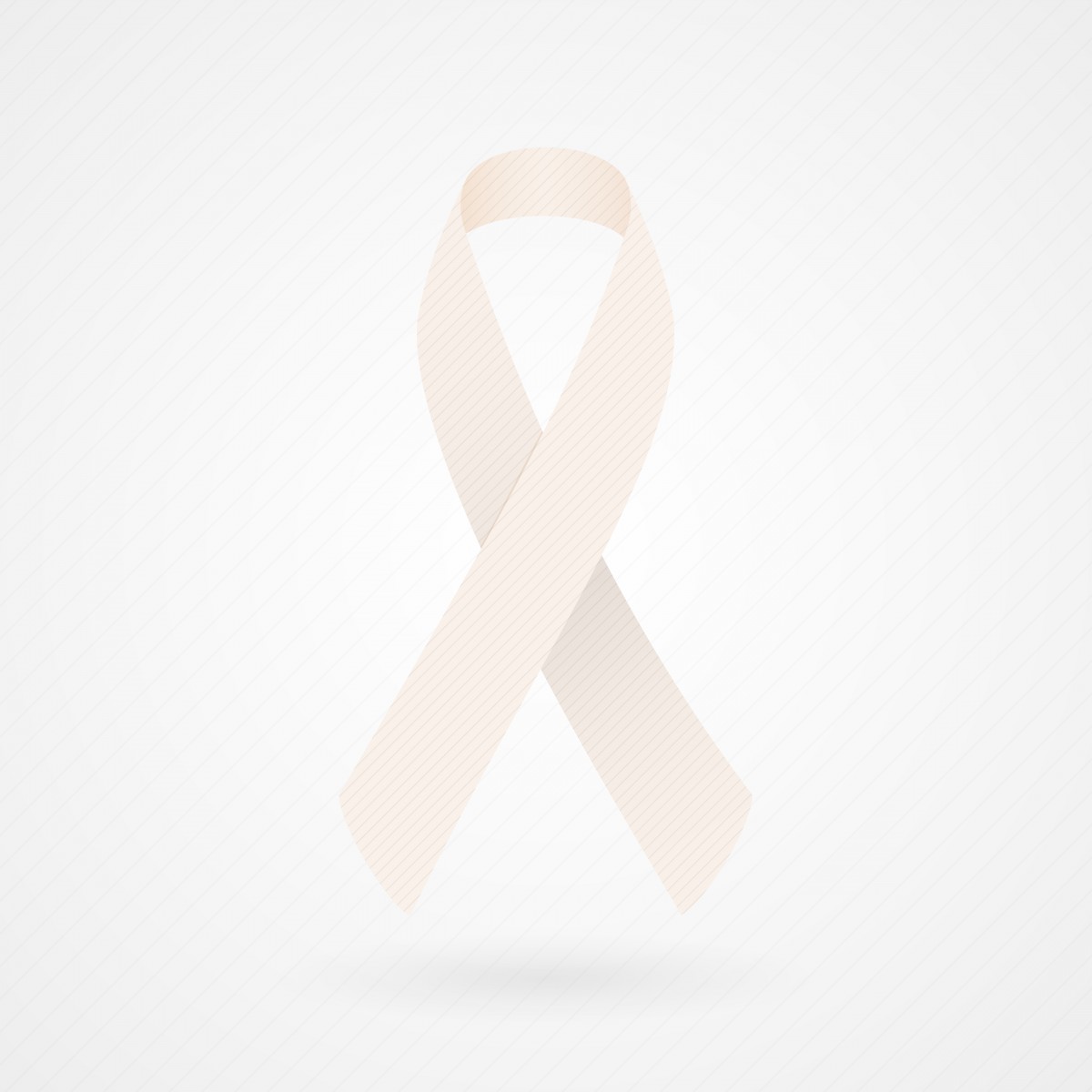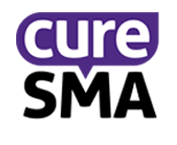SMA Awareness Month 2016 Wraps Up: a Summary of Events, Potential Therapies

 August, proclaimed SMA Awareness Month, is when advocacy and research organizations like CureSMA and the SMA Foundation and supporters seek to raise public consciousness of the genetic disorder spinal muscular atrophy (SMA).
August, proclaimed SMA Awareness Month, is when advocacy and research organizations like CureSMA and the SMA Foundation and supporters seek to raise public consciousness of the genetic disorder spinal muscular atrophy (SMA).
 While the SMA support community works year-round to raise awareness of and funds for SMA, August is an ideal time to spotlight their efforts, with many SMA families and chapters scheduling special events and campaigns around SMA Awareness Month. These can include activities like designating an Awareness Day with a local major or minor league baseball team, proclamations from state or local governments, organizing awareness-themed fundraisers, group candle-lightings, outreach to enlist support from local media or celebrities, and participation in social media awareness efforts, such as CureSMA’s community album.
While the SMA support community works year-round to raise awareness of and funds for SMA, August is an ideal time to spotlight their efforts, with many SMA families and chapters scheduling special events and campaigns around SMA Awareness Month. These can include activities like designating an Awareness Day with a local major or minor league baseball team, proclamations from state or local governments, organizing awareness-themed fundraisers, group candle-lightings, outreach to enlist support from local media or celebrities, and participation in social media awareness efforts, such as CureSMA’s community album.
Spinal muscular atrophy, a motor neuron or neuromuscular disease, is the most common genetic cause of death in infants under the age of 2. According to the National Institutes of Health (NiH), SMA can affect any race and either gender, and is caused by a mutation in the survival motor neuron gene 1 (SMN1). In healthy people, the SMN1 gene produces a protein critical to the functioning of nerves that control muscles. Without it, those nerve cells are unable to properly function and will eventually die, leading to debilitating muscle weakness. The disease robs people of physical strength by affecting motor nerve cells in the spinal cord, gradually diminishing the ability to walk and, eventually, to eat or breathe.
According to CureSMA, the disease affects approximately 1 in 10,000 babies, with roughly 1 in every 50 Americans being a genetic carrier. SMA is an autosomal recessive genetic disorder, meaning that generally, both parents must pass on the mutation for a child to have SMA. When two carriers have a child, there is a 25 percent chance that it will be unaffected, a 50 percent chance he or she will also be a carrier, and a 25 percent chance the child will develop SMA.
There are four primary types of SMA: 1, 2, 3, and 4, based on age of onset and the highest physical milestone achieved. Individuals with SMA have difficulty performing basic physical functions like breathing and swallowing, but the disease does not affect the ability to think, learn, and engage in relationships with others.
There is currently no cure for SMA, with available treatments consisting of managing symptoms and preventing complications. However there is considerable hope for the introduction of more preventive and curative therapies in the not-too-distant future.
As CureSMA observes: “We know what causes SMA and what we need to do to develop effective therapies, and we’re on the verge of major breakthroughs that will strengthen our children’s bodies, extend life, and eventually lead to a cure.”
Here’s a progress update:
Biogen and Ionis Pharmaceuticals jointly announced on Aug. 1 that nusinersen, their investigational drug for treating SMA, met the primary end point for the interim analysis of the ENDEAR Phase 3 trial evaluating nusinersen in infantile-onset SMA. Infants receiving nusinersen experienced statistically significant improvements in motor milestones achievements compared to those who did not receive treatment, and nusinersen demonstrated an acceptable safety profile in the trial.
As a result of these findings, Biogen exercised an option to develop and commercialize nusinersen globally, paying Ionis a $75 million license fee, and says it will initiate regulatory filings globally in the coming months.
Novartis AG’s LMI070 investigational product candidate for treating infants with Type 1 SMA is an orally available drug engineered to work by increasing the amount of functional SMN protein produced by the back-up gene SMN2 through modifying its splicing. LMI070 is undergoing Phase 1/2 trials, but is not currently recruiting participants. For more information, visit ClinicalTrials.gov
Roche Holding AG’s product candidate Olesoxime (RG6083) is an investigational SMA drug being tested for its potential ability to preserve healthy motor nerve cells. It is described by Roche as a cholesterol-like compound that binds to proteins in cells, designed to reduce release of cell death factors and promote survival of motor cells. It is believed to work by preserving the function of mitochondria, the cells’ energy generators. Olesoxime is currently in or has completed Phase 1/2 clinical trials, with a New Drug Application filing projected for 2019.
Voyager Therapeutics says pre-clinical development of its VY-SMN101 drug candidate for treating SMA continues to advance, with progress to be reported in 2017.
PTC Therapeutics announced in January that RG7916, an SMN2 splicing modifier from the company’s joint SMA drug development program with Roche and the SMA Foundation, had entered clinical development, and is designed to shift SMN2 pre-mRNA splicing toward the production of full-length SMN mRNA. A Phase 1 study in healthy volunteers has been initiated to investigate RG7916’s safety, tolerability, pharmacokinetics, and pharmacodynamics.
PTC’s more developed SMA drug candidate, RG7800, is the subject of a Phase 2 trial in adult and pediatric SMA patients, but dosing was suspended and the trial was placed on clinical hold to investigate a non-clinical safety finding observed in a longer-term animal study.
In collaboration with Astellas, Cytokinetics is developing CK-2127107 (CK-107), a novel skeletal muscle troponin activator as a potential treatment for people living with SMA. CK-107 has completed five Phase 1 clinical trials in healthy volunteers, and is currently the subject of two Phase 2 clinical trials, one assessing its effect on multiple measures of muscle function in patients with Type 2, Type 3, or Type 4 SMA, and one evaluating its effect on physical function and exercise tolerance in patients with COPD.
AveXis’ proprietary gene therapy candidate AVXS-101, the only gene therapy for SMA currently in human testing, has been granted FDA orphan drug status for treatment of all types of SMA and FDA breakthrough therapy designation, as well as fast track designation for treatment of SMA Type 1.
The company says its current primary focus is to develop gene therapies for SMA, initially targeting SMA Type 1, then progressively moving to other SMA subtypes. AVXS-101 is a one-time, intravenous treatment for SMA Type 1 designed to prevent further muscle degeneration caused by the disease.
In other SMA Awareness Month corporate participation, Cure SMA is also the beneficiary of ongoing planned giving by Convaid that will extend to the company’s R82 brand in 2017.
“We are committed to bringing best-in-class products and tools to the SMA community and to expansion of our planned giving programs,” Convaid Director of Marketing Nanneke Dinklo said in a blog post. “We are also strong advocates for families living with SMA. Our Convaid Trekker, R82 Stingray and Convaid Carrot 3 car seat make a big difference in helping families living with SMA to go places and provide the greatest possible freedom.”
Convaid and R82 are dedicated to developing products and services for the SMA population in the areas of mobility, seating, walking,
standing, bathing and toileting, and transportation. By participating in fundraising and awareness-building events in North America, Convaid and R82 support Cure SMA’s research program which studies the biology and causes of SMA, leading to clinical trials of potential SMA treatments and a hoped-for cure.
Earlier this summer, Convaid and R82 attended the Cure SMA National Conference as Platinum Exhibitors, where Convaid donated a Convaid Trekker lightweight folding wheelchair as part of its planned giving.
“Our work would not be possible without people and organizations that support us with planned giving and building awareness for Cure SMA,” said Sarah Rodriguez, Cure SMA officer, Corporate Sponsorship and Central Eastern Territory Chapters, Family Support & Development Dept. Cure.
“SMA friends and families participate in 300 fundraising events throughout the country, bringing the entire SMA community closer to a treatment and cure,” Rodriguez said. “Convaid’s recent donation of a Convaid Trekker to our Chicago-based loaner pool has proven highly beneficial to our community. We look forward to working with Convaid and R82 in 2017.”







